الدار البيضاء
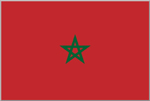
Named for a white house, famed for a movie

The largest city in Morocco and its modern centre of trade and commerce, Casablanca is the primary financial centre in Africa but also has a long history dating back to the 7th century BC. Its name possibly refers to a white tower on a nearby hillside that was a landmark for sailors, and came into popular use after the city’s reconstruction following the earthquake of 1755. “Casa blanca” is of course Spanish for “white house“, and the Arabic name for the city, Dar el-Beida, carries the same meaning. Lamentably, precisely zero footage from the 1942 film Casablanca was shot outside of Hollywood, but there has been a fully operational Rick’s Bar in the city since 2004.
We stopped for a day in Casablanca on our way back from Marrakech up the coast to the ferry port at Tangier, for onward travel back to Valencia where I was living at the time in 2003. As by this stage we were somewhat worse for wear from food poisoning (unable to walk in a straight line), my travelling companion went to collapse at an Ibis hotel by the railway station, while I grimly soldiered on to take in the sights.
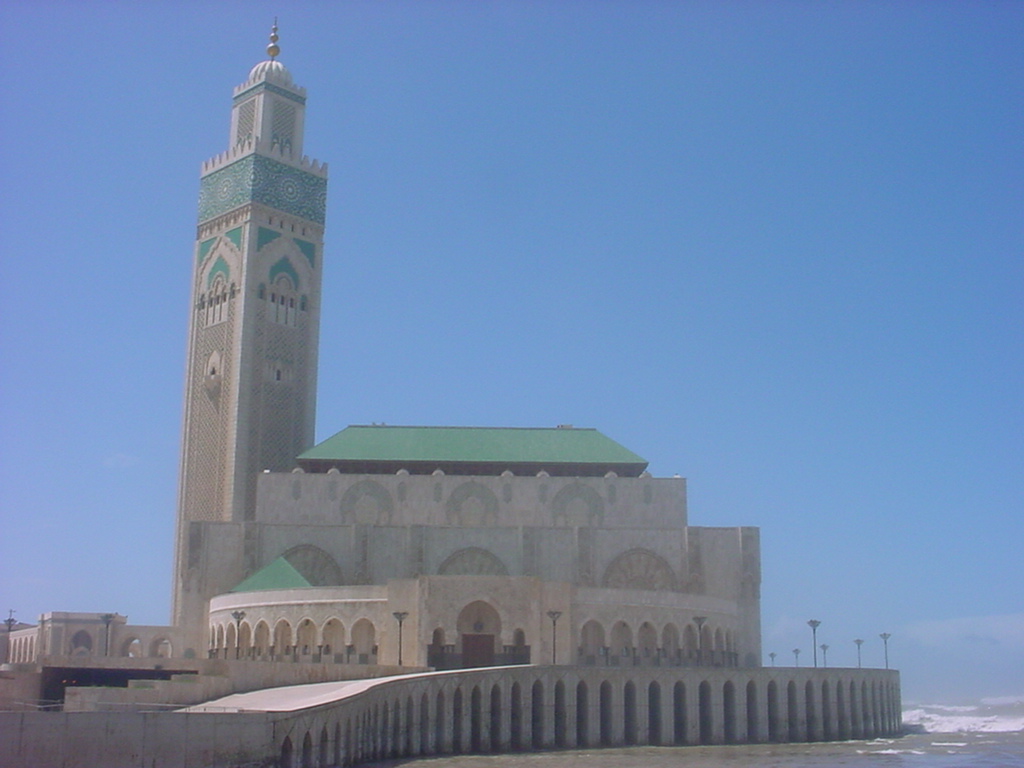
The Hassan II Mosque was by far the most impressive mosque I’d seen up to that point, completed over the crashing waves of the Atlantic Ocean in 1993 and constructed primarily by Moroccan artisans with locally sourced materials.


Detail of one of the 56 Venetian glass chandeliers, and the intricate plaster work and muqurnas of the ceiling. I must not have been able to stand in a position to get an exactly centralised shot.
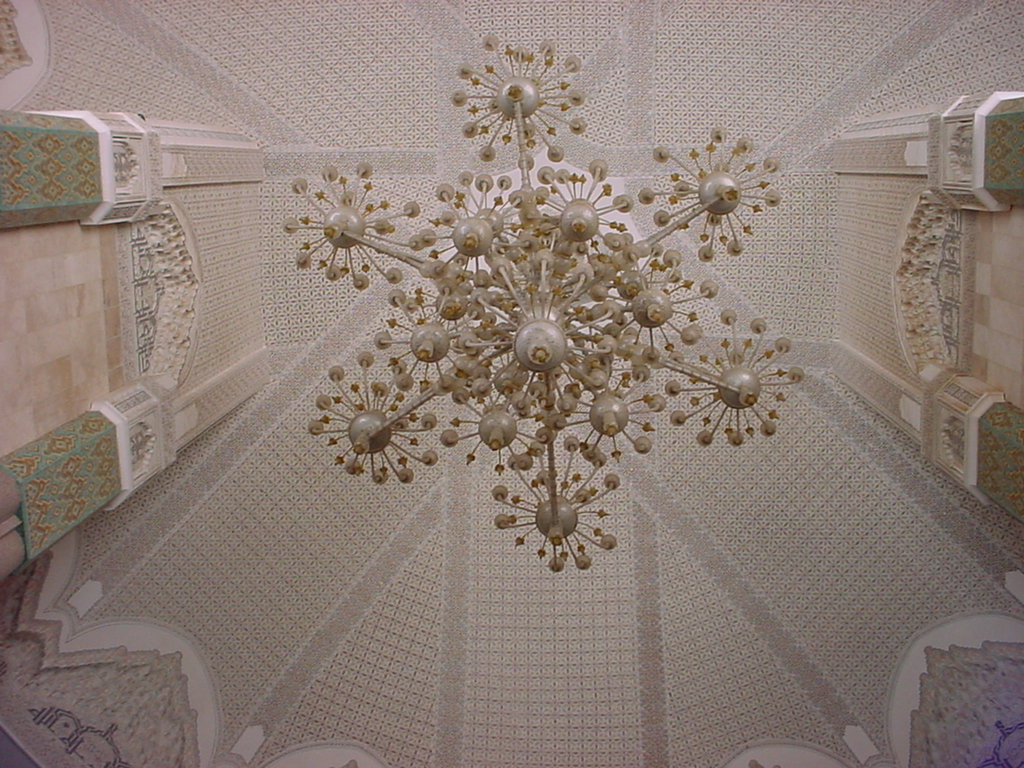

In the basement below the prayer hall are extensive ablution facilities.
There is even a serene hammam below the mosque, although a dip in the pool was specifically discouraged during the tour.

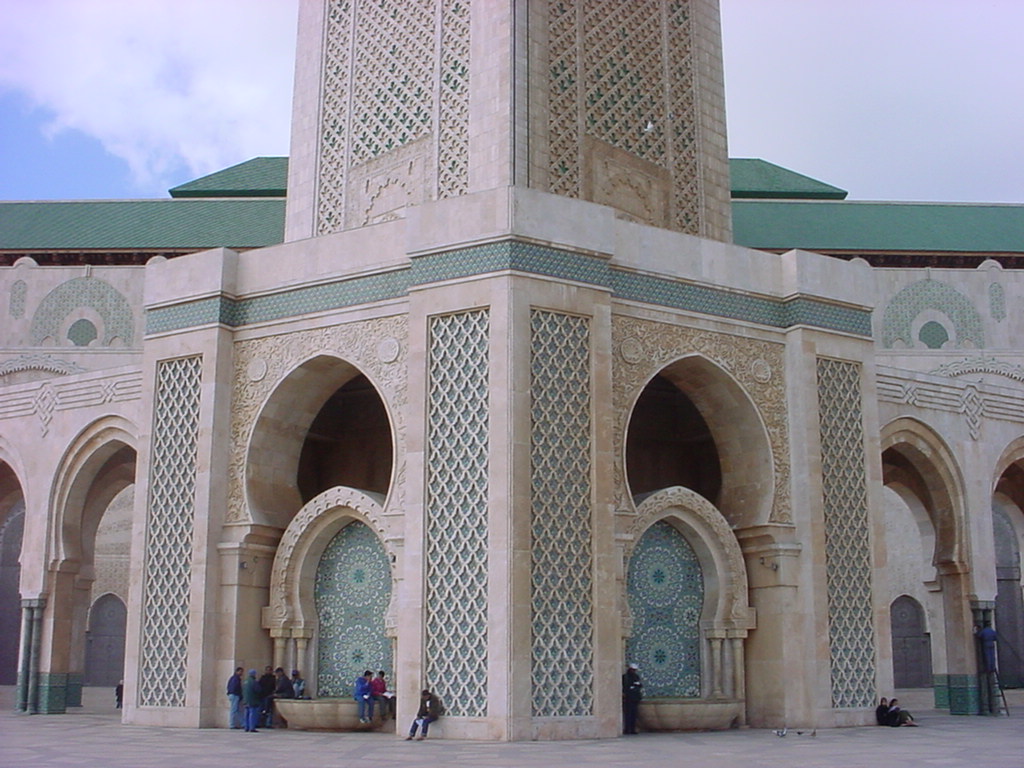
Detail of the base of the minaret, with folks whiling away the afternoon by the fountains.
Northern section of the prayer hall. The green tiled roof is fully retractable for sunlight by day, and prayer under the stars by night.
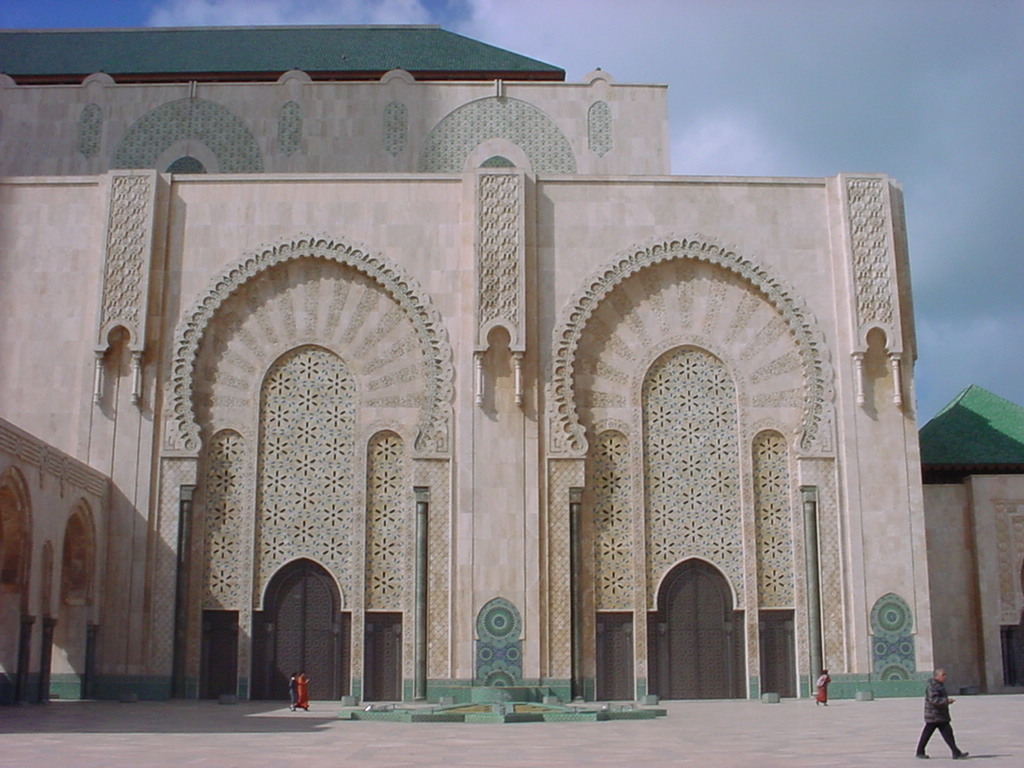
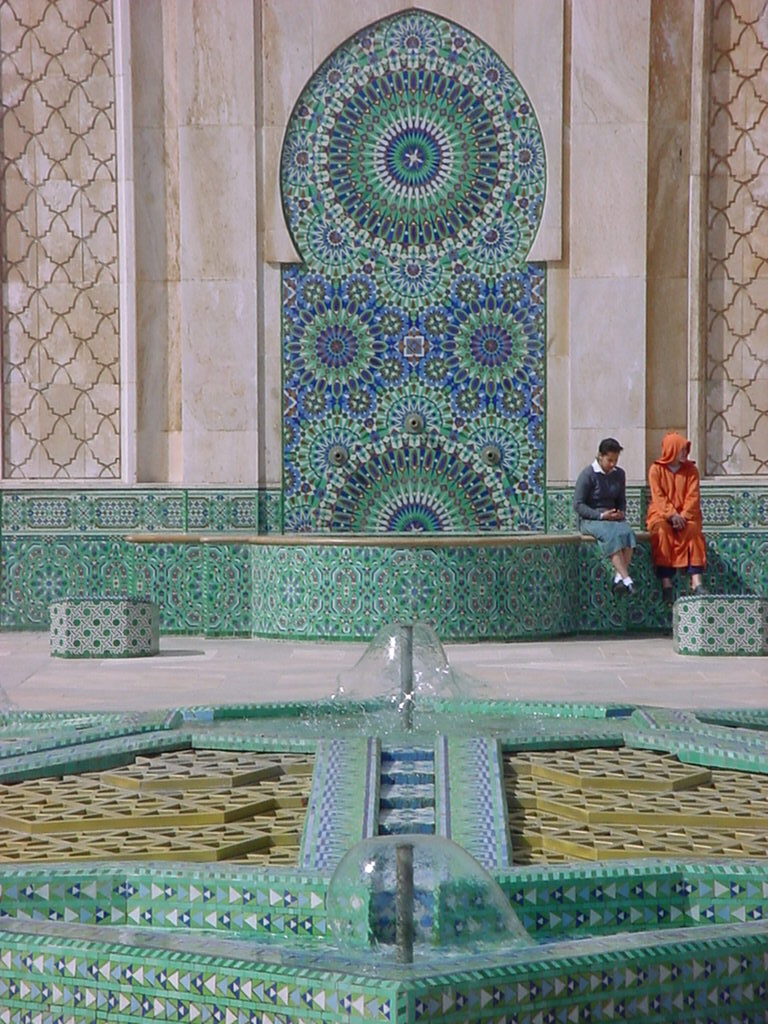
Detail of the geometric Islamic tiling work on the prayer hall and courtyard fountains: I have seen similar excellent examples of this type of tiling in Kuwait.
Hassan II Mosque as seen from the south. Structural repairs had to be carried out in the mid-2000s following the discovery of corroding rebar and associated concrete cracking due to saltwater ingress.
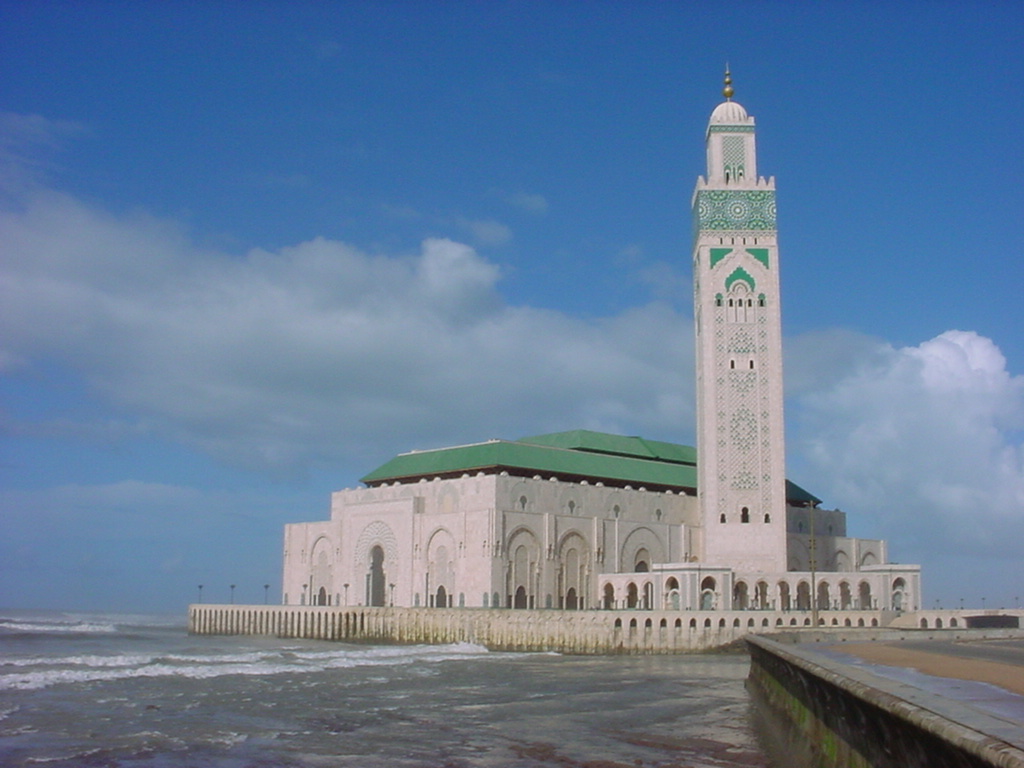
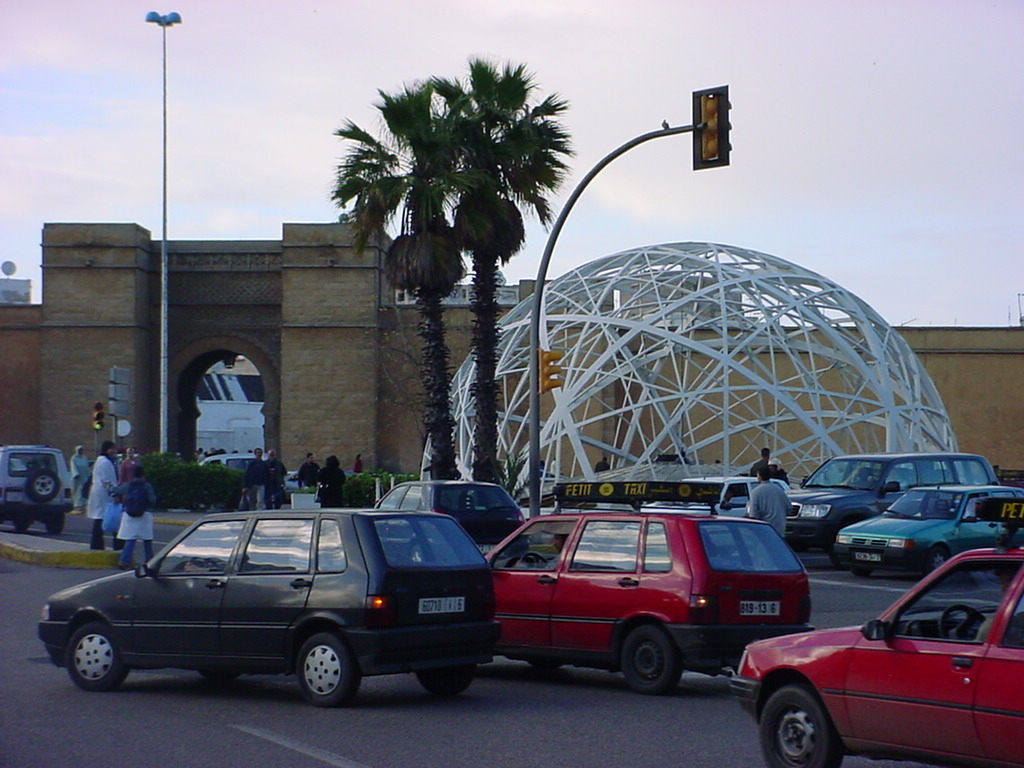
Back into the city proper and I headed to the medina via United Nations Square. The steel globe in the centre was installed in 1975, and since my visit a tram network has been built through the square.
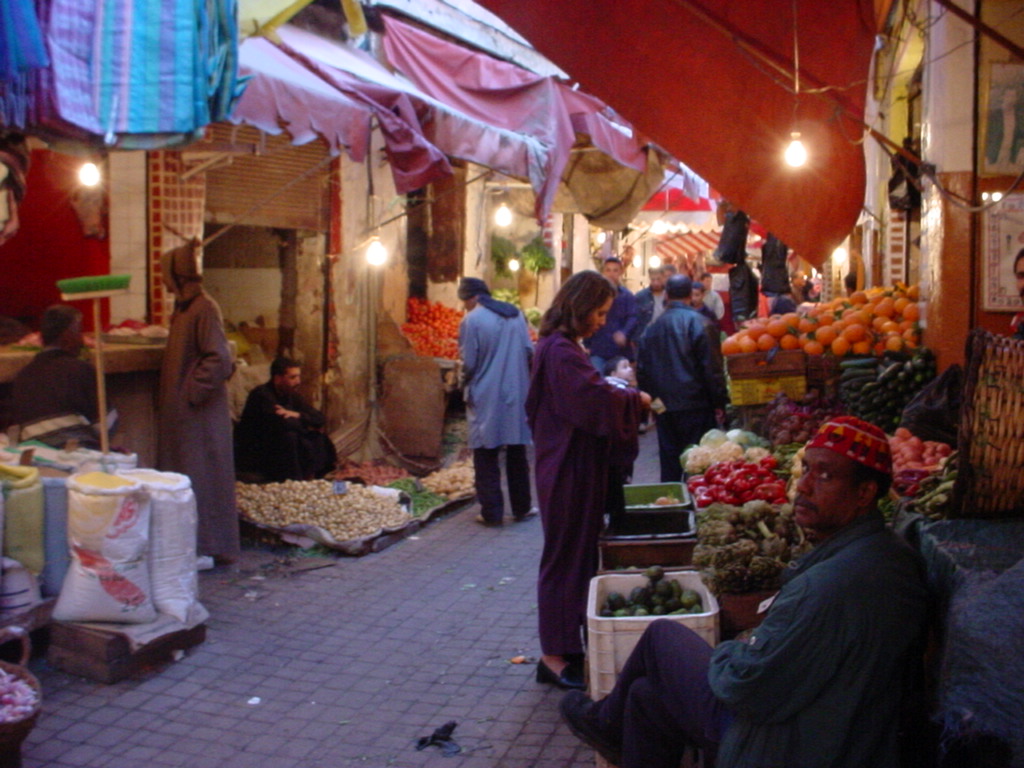
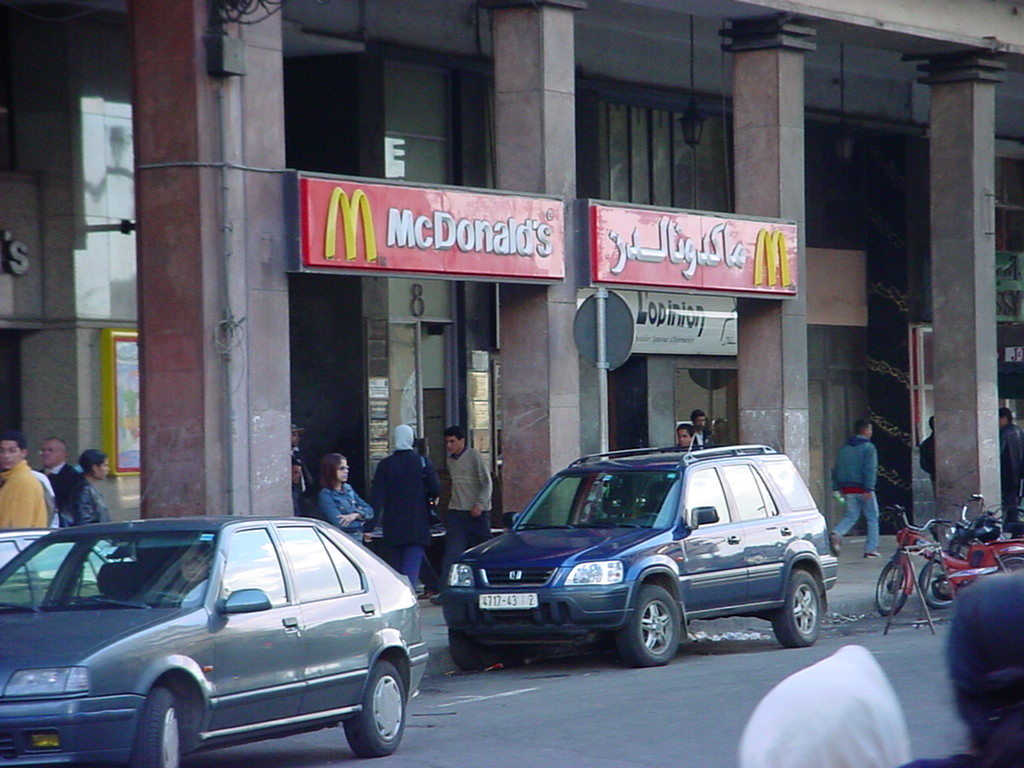
Harbinger of a flushing seated toilet, McDonalds was a beacon of support for us weary poisoned travellers. This branch is on Boulevard Mohamed V and was still in operation twenty years later, according to Google Maps.
Another American staple import, Coca-Cola is transliterated directly into Arabic and seems to be advertised much more in the Middle East and North Africa than in the Western world.
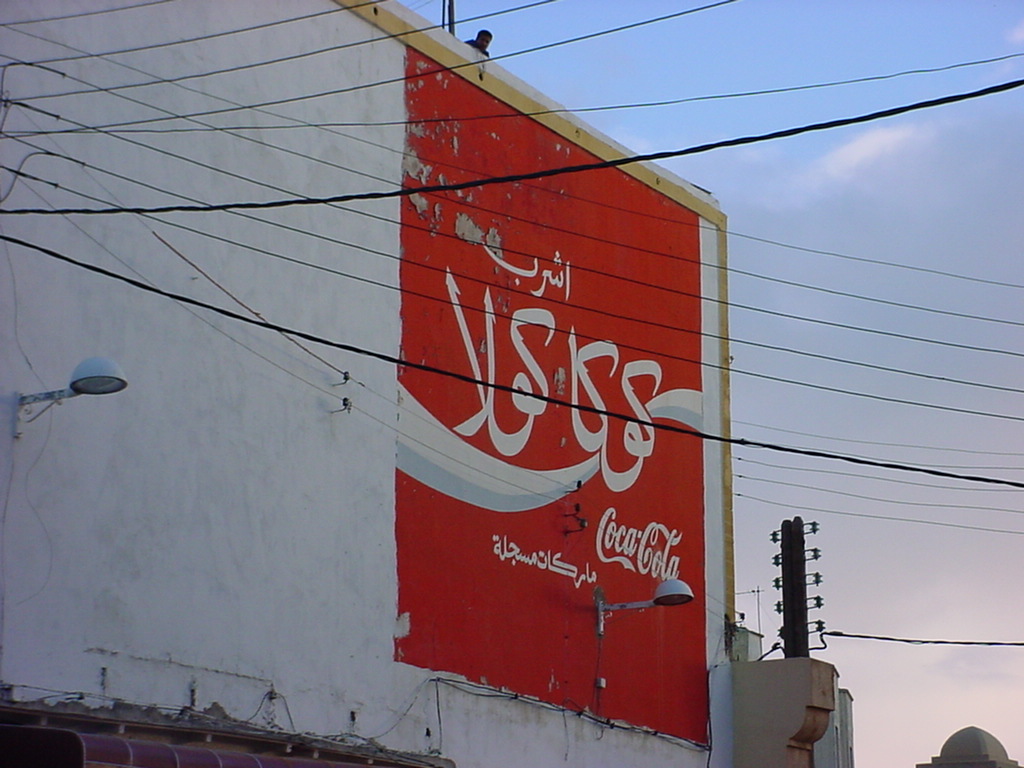
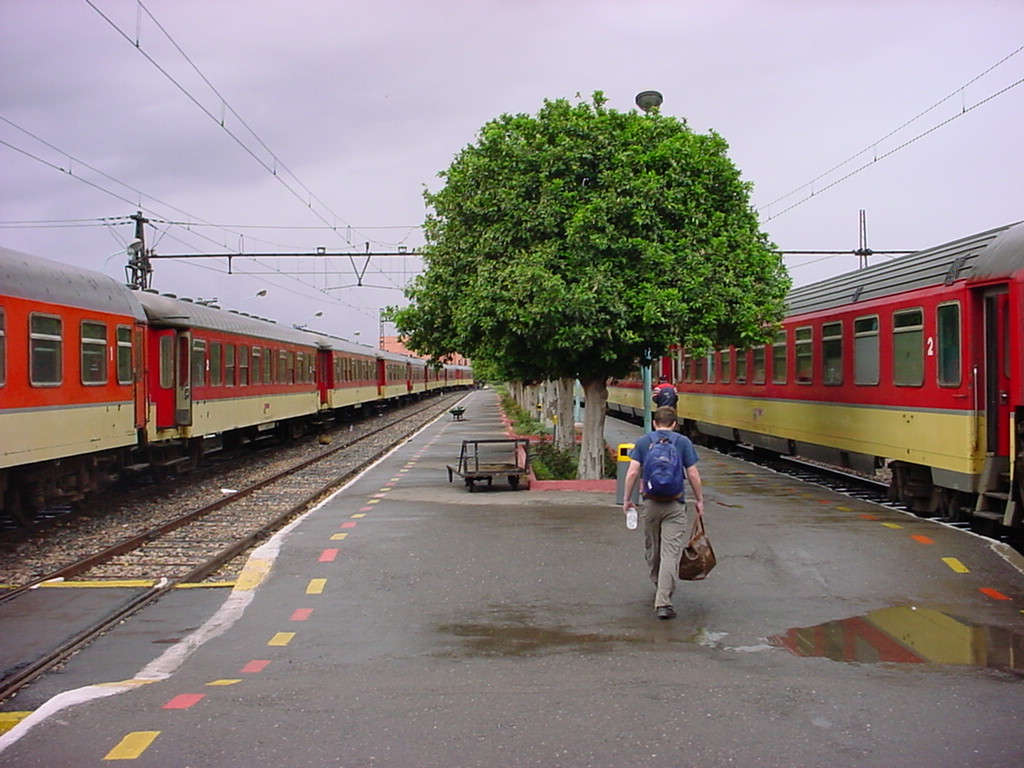
The Moroccan rail system was very efficient at carrying us around the country, being one of the best networks in Africa. While cheap, the rolling stock was old but we had some interesting conversations with fellow passengers, and everything seemed to run on time.
From the train we sat and watched Africa go by, with little kids waving at us and occasionally throwing stones, it was a bit like being on a Blue Peter expedition. I spotted this old shepherd and presumably his son, looking after their livelihood.
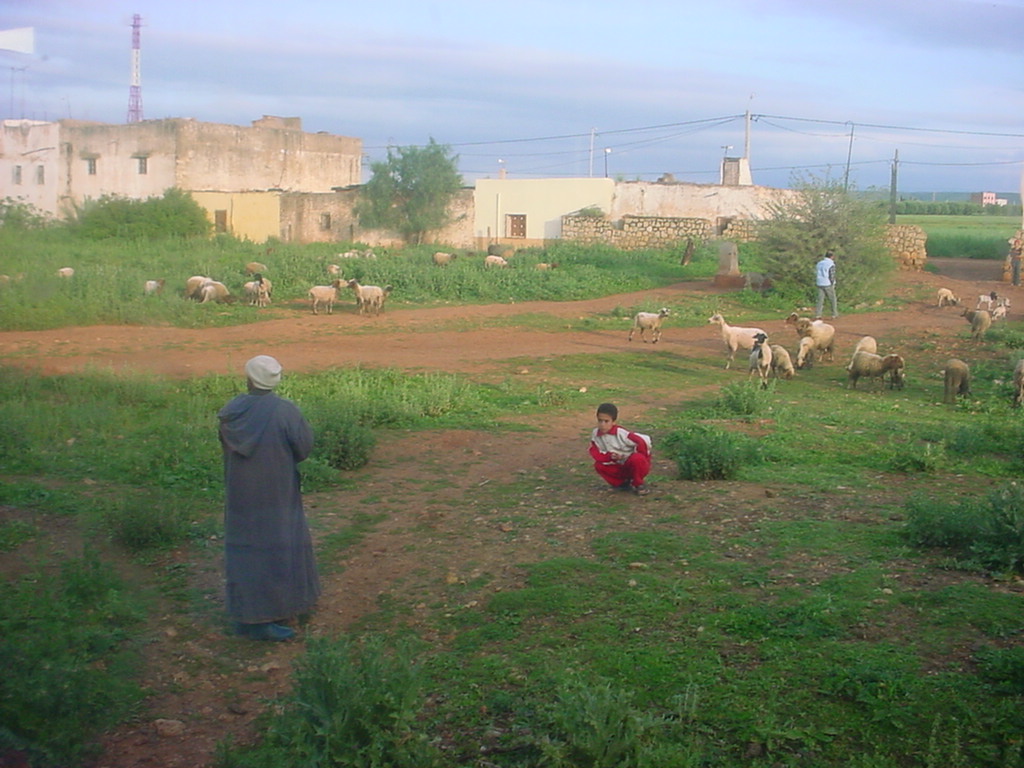
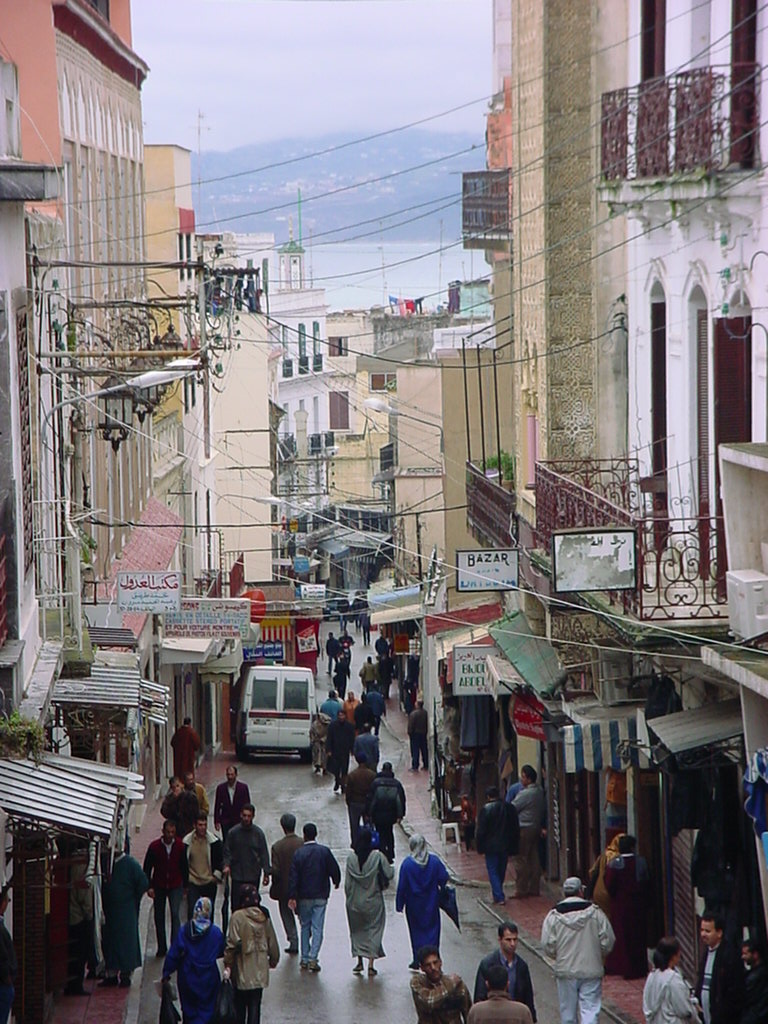
Tangier was our port of arrival and departure, it seemed we didn’t have a choice but to be taken to our unwanted guide’s brother’s restaurant for lunch, but the food was decent and once you’re paired up with a guide, you tend to get less hassle from others. From the medina was could see across the Strait of Gibraltar and back to Spain, a mere nine miles away.
Our marine transport was the clearly recently repurposed Ibn Batouta, named for the famed Maghrebi explorer of the 14th century, and son of the city of Tangier. Ibn Battuta travelled from Morocco through Tunisia, Egypt, Israel, Syria, Turkey, Arabia, Oman, Zanzibar, India, Maldives, Sri Lanka, Indonesia, Vietnam, Philippines and China amongst many others. On his eponymous boat, we travelled to Spain. There is also a shopping mall named and themed in his honour, where else but Dubai.
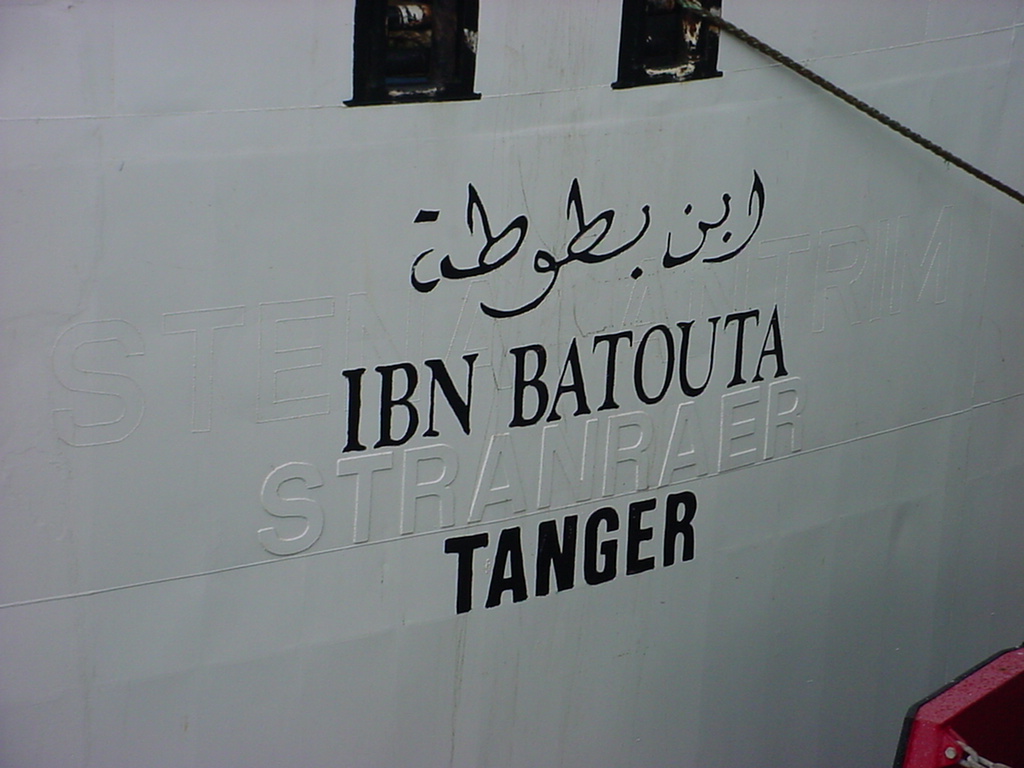
Created 2003 | Updated 2023
